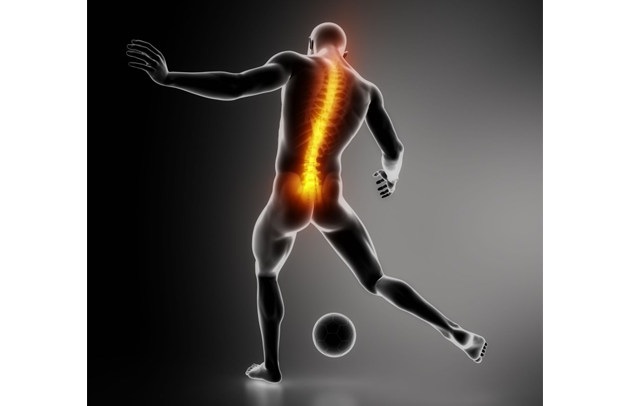Did you know that sports injuries during a match or training session can affect an athlete’s performance if not managed well?
Also, how early or late one returns to sports is highly dependent on the appropriate treatment and care received.
A research by Hitmat Dhillon (2017) on current concepts of sports injury rehabilitation states that the average athlete is often left to manage his or her injury with little care from the sports team. One of the trained medical personnel who can help manage sports injuries is the physiotherapist or physical therapist. The terms ‘physiotherapy’ and ‘physical therapy’ mean the same thing and are used interchangeably ? as are the terms ‘physiotherapist’ and ‘physical therapist’. What then is physiotherapy?
A physiotherapist is a healthcare professional who assists people to restore, maintain and maximize their strength, function, movement and overall well-being.
This is usually done through the treatment of disease, injury, or deformity by physical methods such as manual therapy, heat treatment, massage and exercise rather than by medications or surgery.
If you have a back or neck pain, or you fall and can’t really walk normally, a physiotherapist can help manage your pain and get you back to your active life. Physiotherapists work in a multidisciplinary team to achieve the success of an individual healthcare needs. Physiotherapy includes rehabilitation, as well as prevention of injury and promotion of health and fitness.
Physiotherapists treat people of all ages; from newborns to the very old.
How do physiotherapists work?
A physiotherapist can help at any time in one’s life and in many different ways depending on one’s needs and circumstances. When you present your condition to a physiotherapist related to your muscles, bones, joints and sometimes nerves (such as back pains, neck pains, knee pains, stroke), he or she assesses you and your condition to find out what exactly is wrong.
After assessment, physical findings are deduced and depending on your condition, a plan is drawn to reduce your pain and swelling to help increase movement at the joint, to increase strength at the area and general body fitness and to improve your quality of life.
Also, a plan is drawn to help you get back to your active lifestyle by teaching you how to transfer or move in and out of bed, how to walk after an injury and how to return to previous activity ? with injury prevention strategies in mind. The physical therapist educates you on the condition and treatments which may include exercises, using electrotherapy, hydrotherapy, manual therapy and soft tissue techniques (massage).
BY GABRIELLA NAA ADUKWEI ACQUAYE

